|
This Month's Highlights
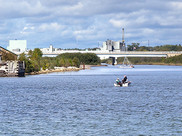
After years of industrial pollution, Michigan’s Manistique River was listed as one of the most degraded areas in the Great Lakes region. Now, the NOAA Restoration Center is supporting the final stage of restoration work needed to remove the river from this list, restore habitat for fish, and support a safe and healthy waterway for local communities to use. Contact: Ryan Darnton
|
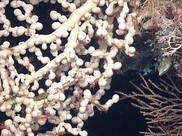
On September 3rd, the team aboard NOAA Ship Okeanos Explorer conducted a remotely operated vehicle dive in Kinlan Canyon. In 2018, the submarine canyon was officially named in honor of the late Dr. Brian P. Kinlan, a former marine spatial ecologist with NOAA’s National Centers for Coastal Ocean Science. The dive explored deep-sea coral and sponge communities and celebrated Brian’s life and contributions to marine ecology and habitat modeling. Contact: Heather Coleman.
|
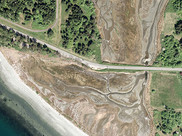
In the northwestern region of Puget Sound, NOAA and partners are supporting a project that will restore a direct connection between Oak Bay and Kilisut Harbor—increasing juvenile salmon numbers while also providing the local community with infrastructure that is resilient to changing climate conditions. Contact: Laurel Jennings
|
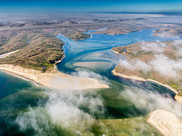
An unprecedented survey has revealed the loss of about 85 percent of historical tidal wetlands in California, Oregon, and Washington. The report, published in PLOS ONE, also highlights forgotten estuary acreage that might now be targeted for restoration. Results show that 450 West Coast estuaries historically extended far beyond where they exist now. More than a century of development has erased roughly 85 percent of original vegetated estuarine wetlands, especially around major river deltas.
|

The Deepwater Horizon Trustee Council approved new monitoring guidance for restoration of oysters and submerged aquatic vegetation, and for projects that restore different types of habitat. These new monitoring and adaptive management practices will support implementation and evaluation of restoration in the Gulf of Mexico. Contact: Melissa Carle
|
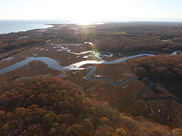
Led by NOAA, federal and state Trustees released final plans to restore habitats impacted by hazardous waste in Stratford, Connecticut. The plan includes projects to restore salt marsh habitat in the Stewart B. McKinney National Wildlife Refuge. Contact: Jim Turek
|
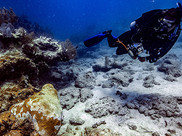
Florida's coral reefs are experiencing a multi-year outbreak of stony coral tissue loss disease. NOAA is co-leading the Coral Rescue Team, which is collecting healthy corals and placing them in land-based aquaria to prevent them from becoming diseased, to preserve genetic diversity, and to serve as propagation source stock for future restoration activities.
|
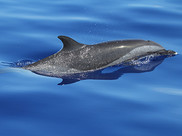
The Deepwater Horizon Open Ocean Trustees are starting new efforts to model environmental conditions impacting marine mammals injured by the 2010 oil spill. The models are expected to predict effects of projects that could reduce stressors, and estimate potential impacts restoration has on whale and dolphin species. Contact: Tom Dolan
|
|
|
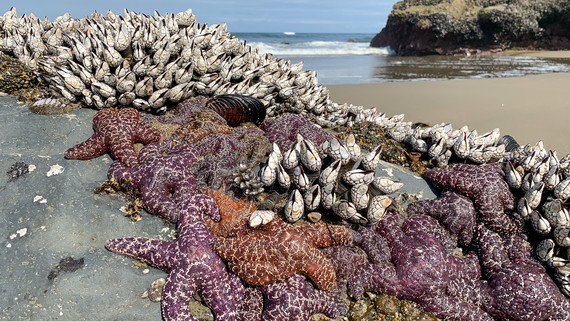 Photo: Oregon Estuary by Brett Holycross
|
|
|
|